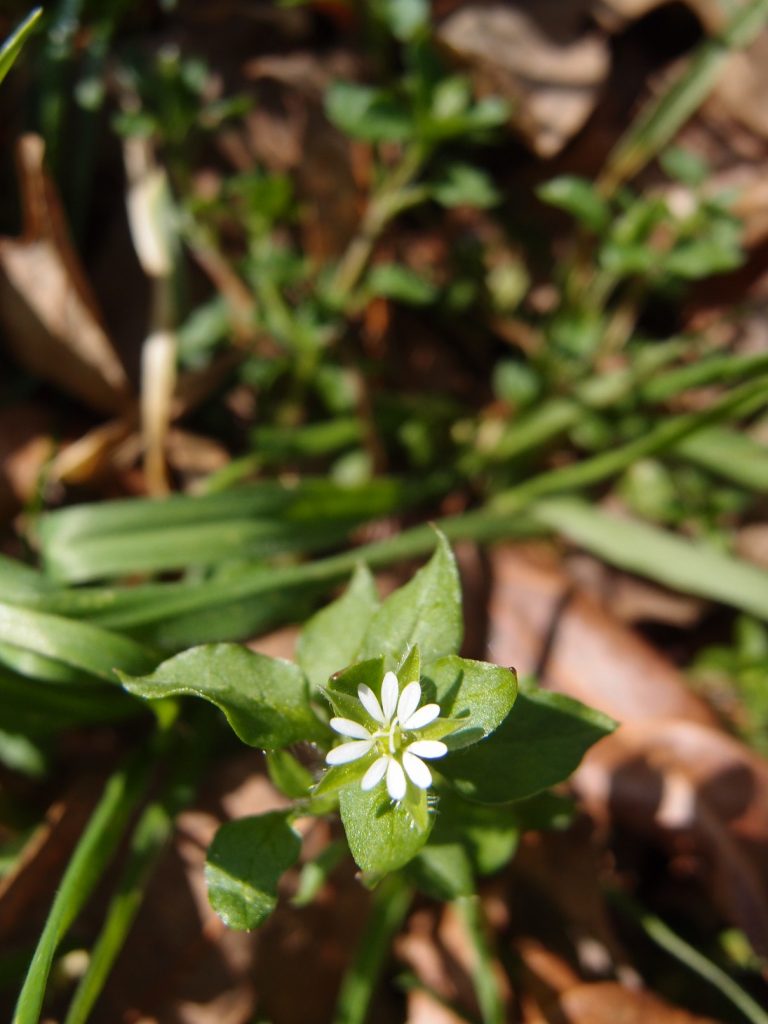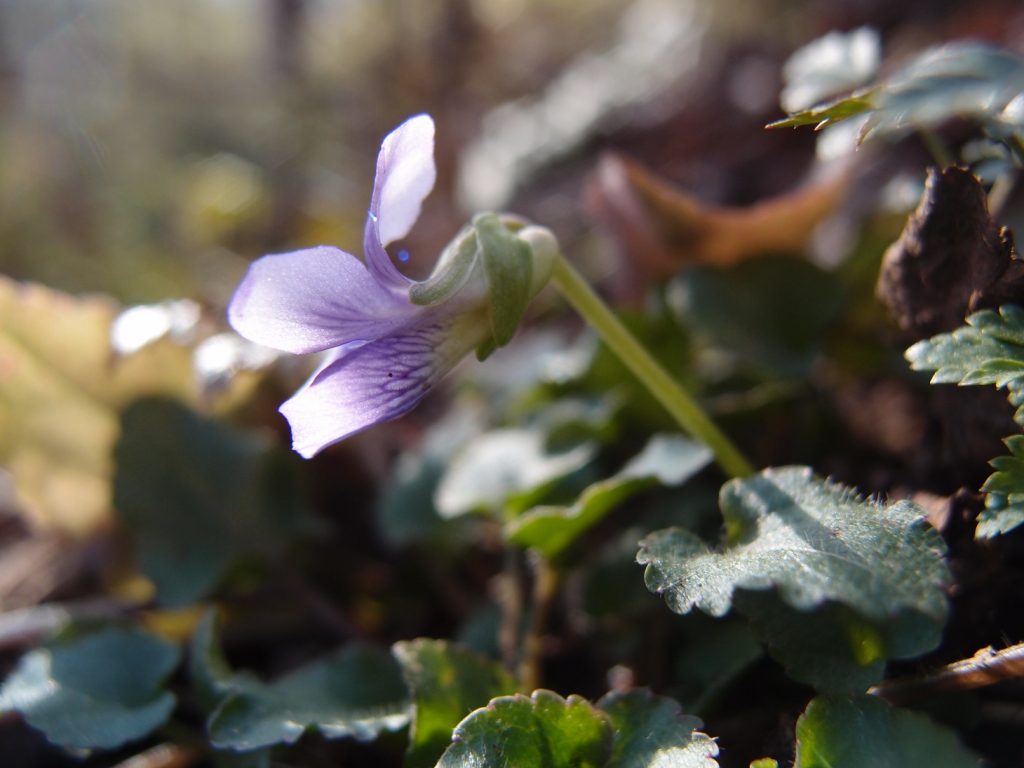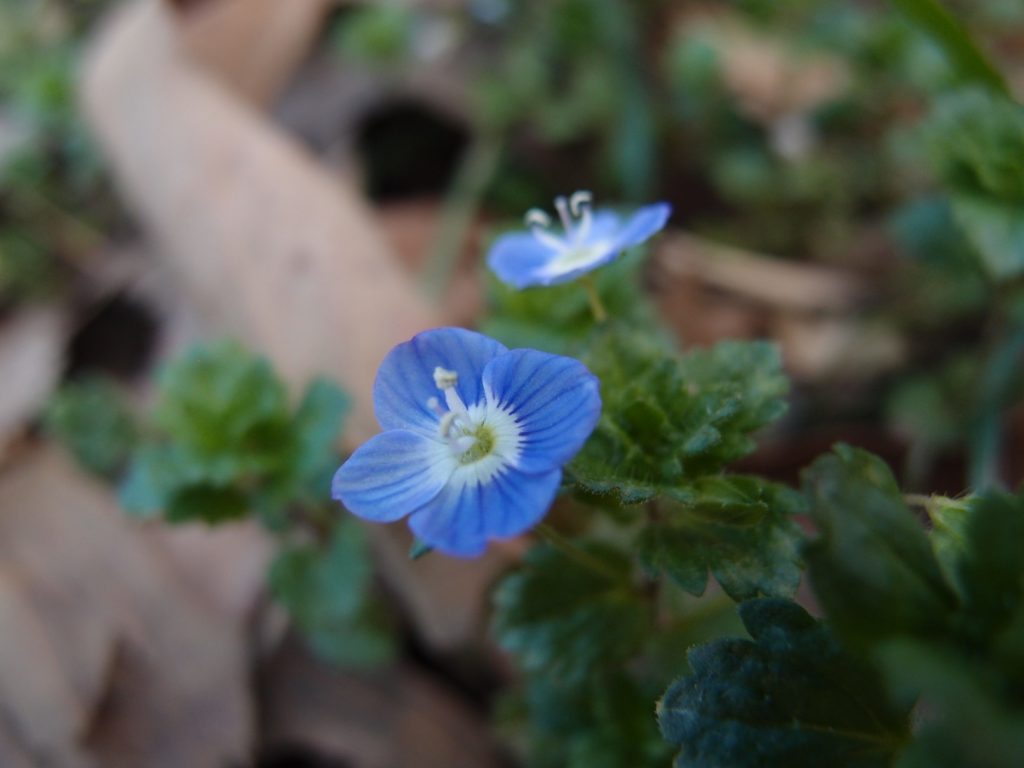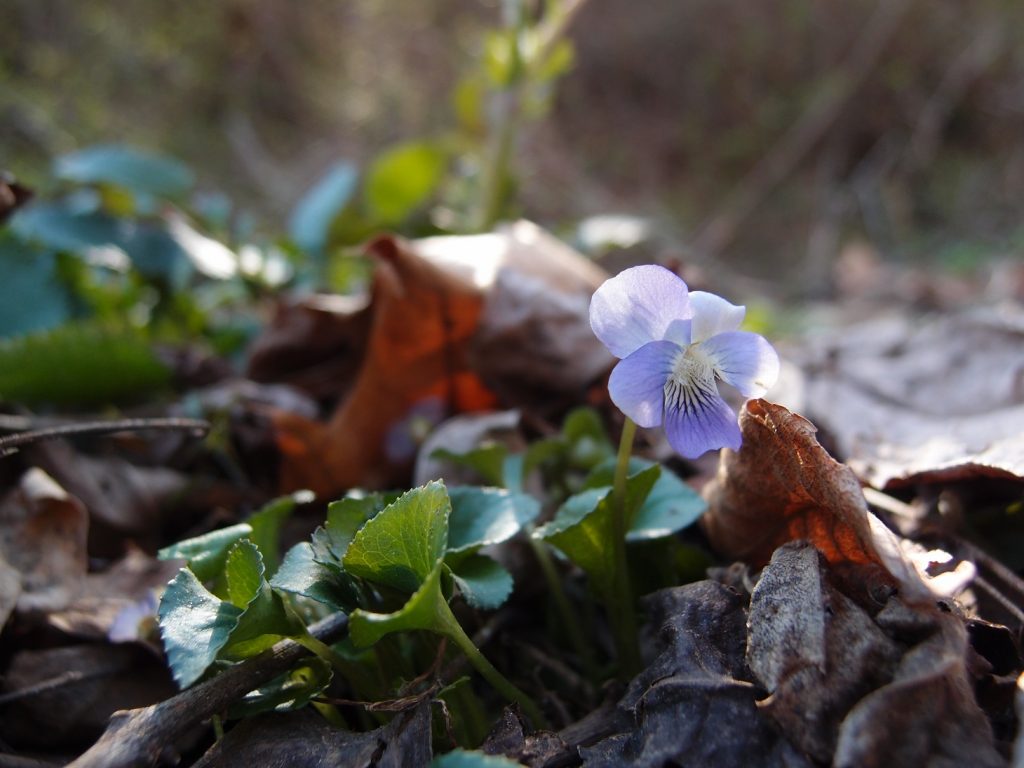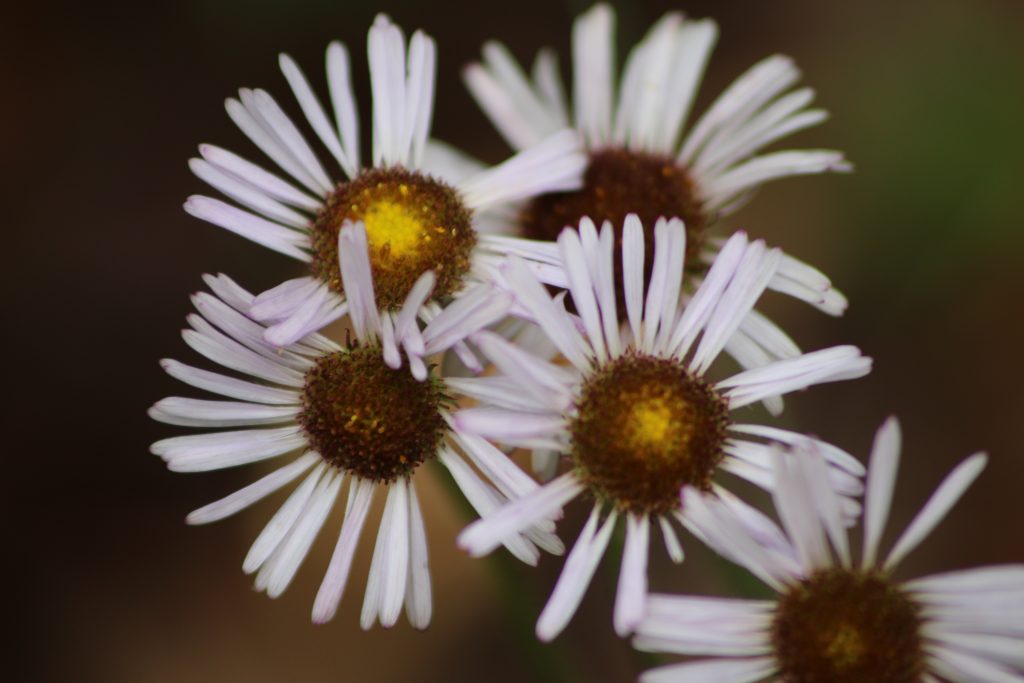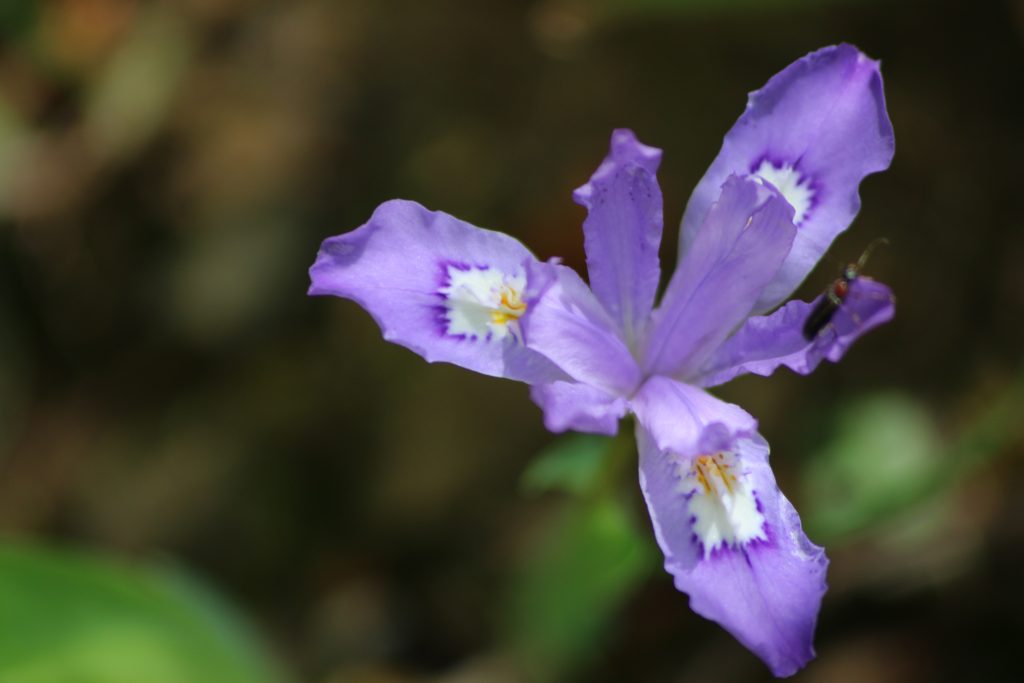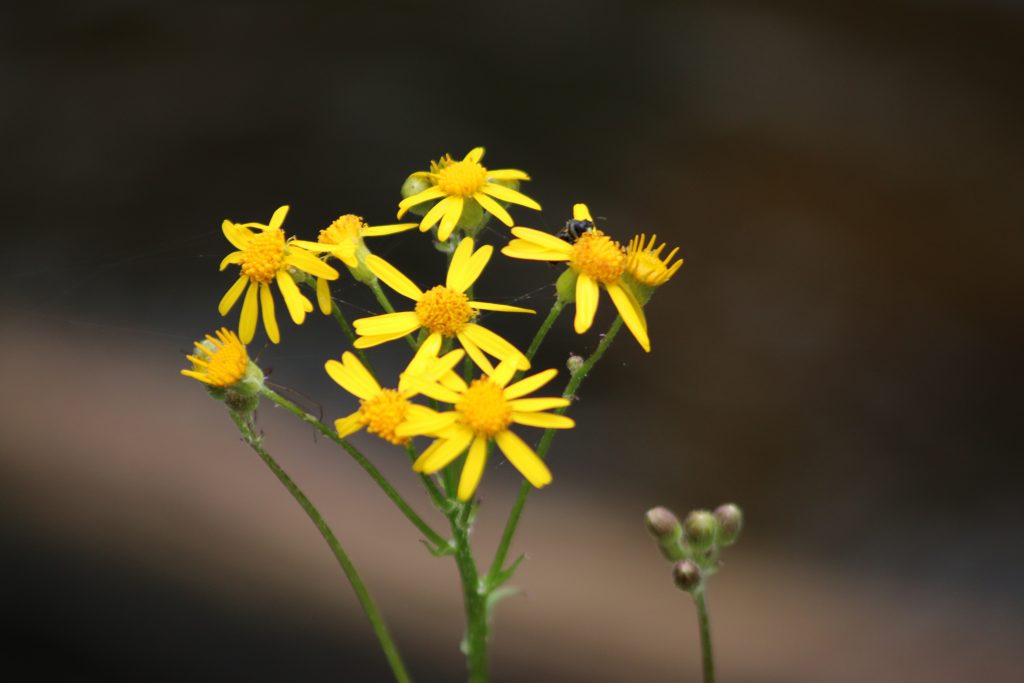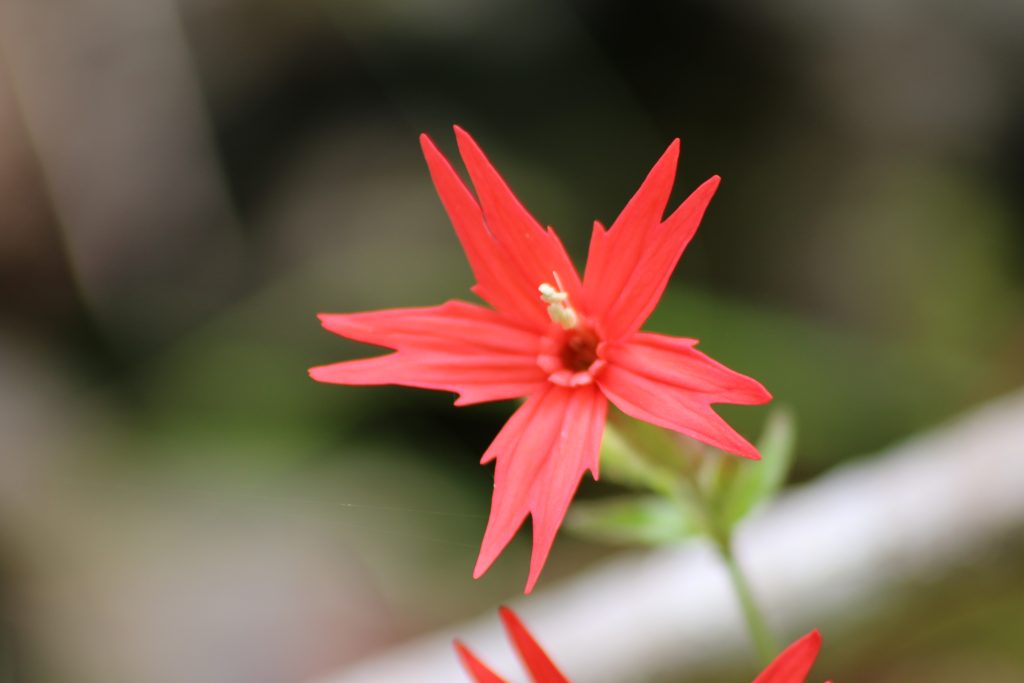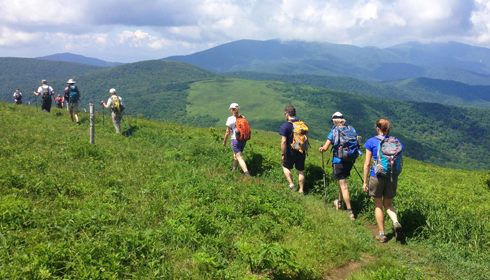Plant of the Month-What’s Happening in the Woods in Winter
Christmas Fern (Polystichum acrostichoides)
By Barbara Harrison
As you hike this winter and appreciate the stark but stately landscape, there is one plant that stands out with a splash of green among the fallen leaves or against the snow-covered ground. That plant is Polystichum acrostichoides, better known as the Christmas fern. It is not clear how this fern got its common name but as Scott Dean, naturalist and photographer showed us in his classes that the shape of the fern’s leaflets resembles a winter sleigh evoking Christmas.
The Christmas fern is a perennial evergreen fern native to the eastern US. It can be found in a wide variety of habitats from shady hillsides to wooded stream banks. In the woods it can form dense coverings over soil surface and can serve as protective habitat for native ground feeding and nesting birds. As Tim Spira writes in his book Wildflowers and Plant Communities of the Southern Appalachian Mountains and Piedmont, “Deer, rabbits, chipmunks, ruffed grouse and box turtles graze the fronds to varying degrees and the Carolina chickadees will line their nests with them”
Christmas ferns grow in fountain-like clumps up to 2 feet tall with leathery, lance-shaped evergreen fronds. The fronds remain evergreen in winter but die back as new fronds come up in spring. Spores cover the underside of the fertile leaflets and are dispersed from June to September. In the spring, summer and early fall the fronds will be in an upright position. Then, in late fall and winter, they orient themselves in a horizontal position for protection against cold winds and cold temperatures.
So, as you hike in the woods this winter, be sure to appreciate the cheerful color of the Christmas fern and admire their resilience in cold, snowy weather.
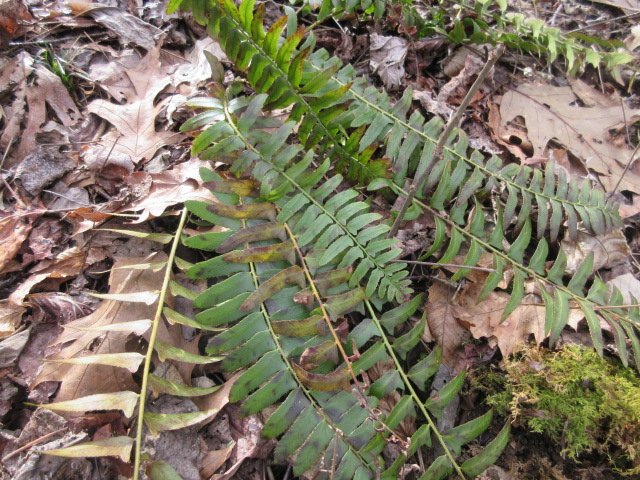
Photos by Diane Bauknight
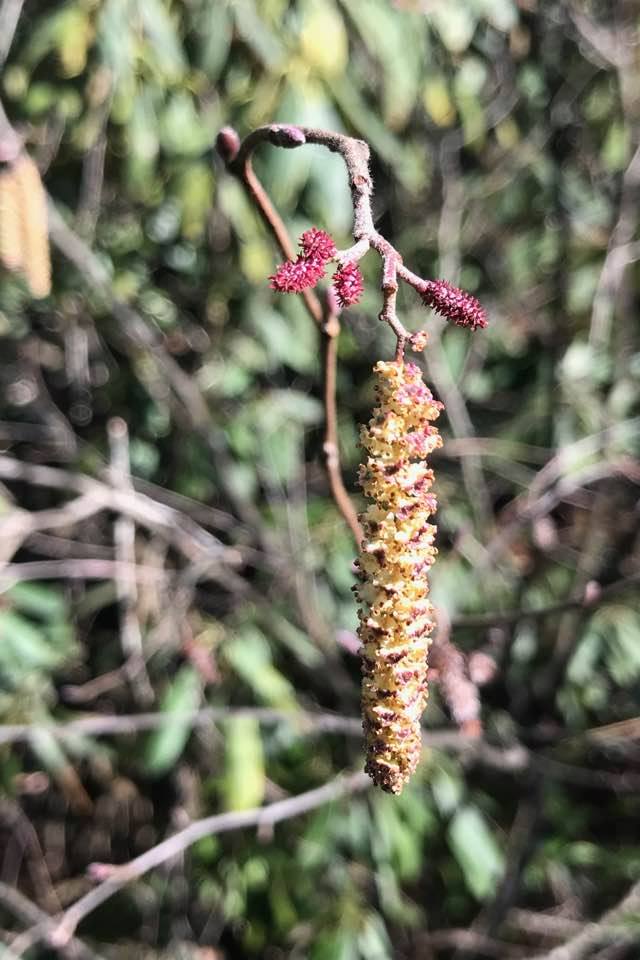
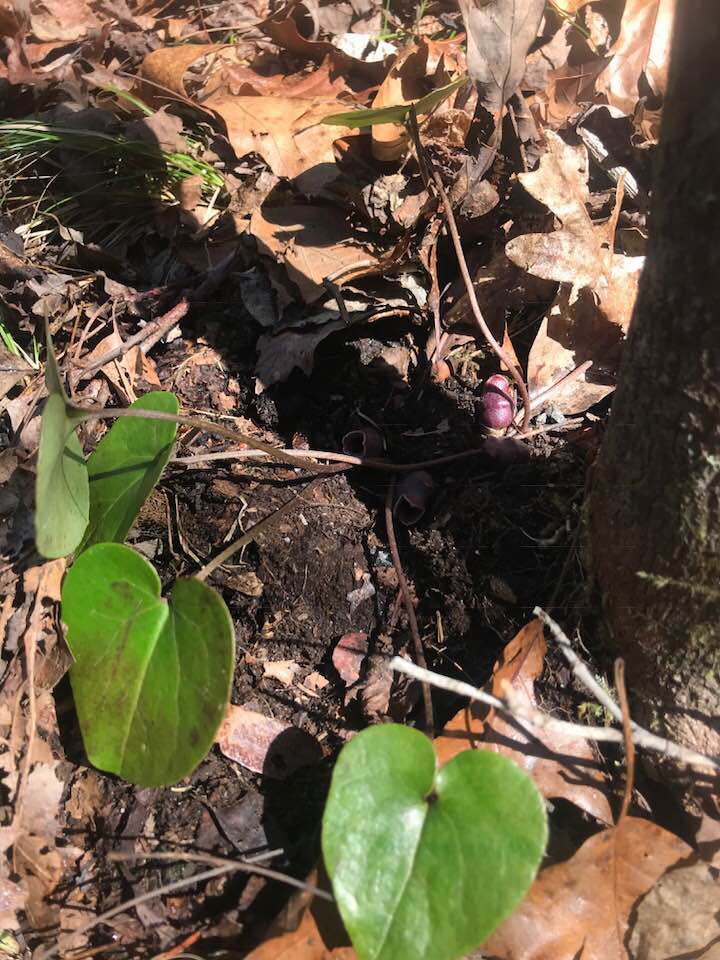
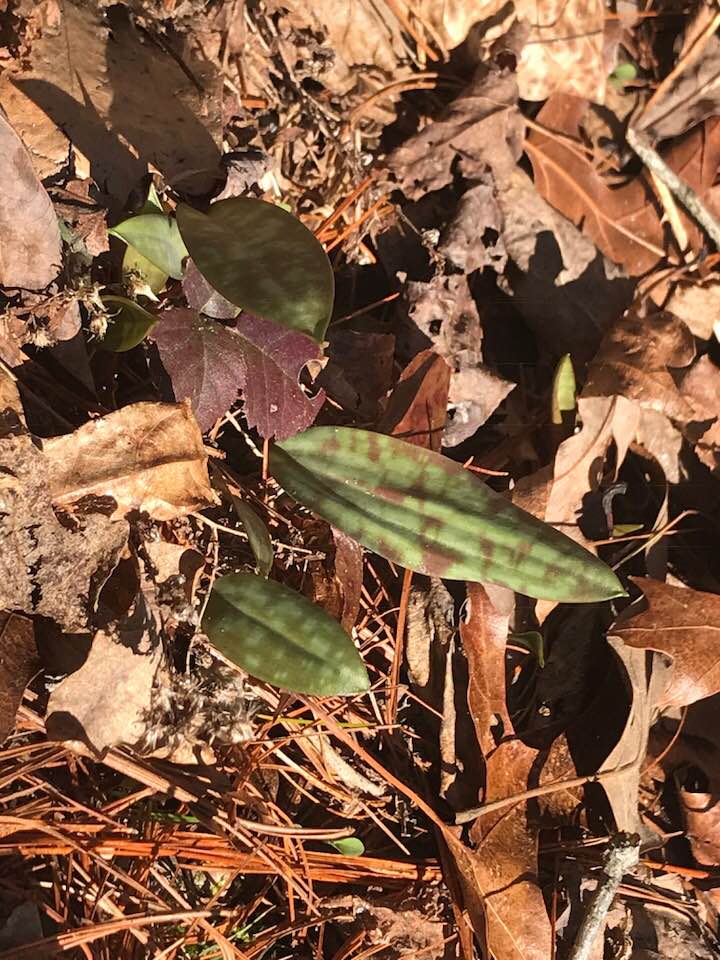
More Plant Happenings in WNC
Photos by Randy Richardson
- Bog Chickweed
- Selkirks Violet
- Persian Speedwell
- Common Blue Violet
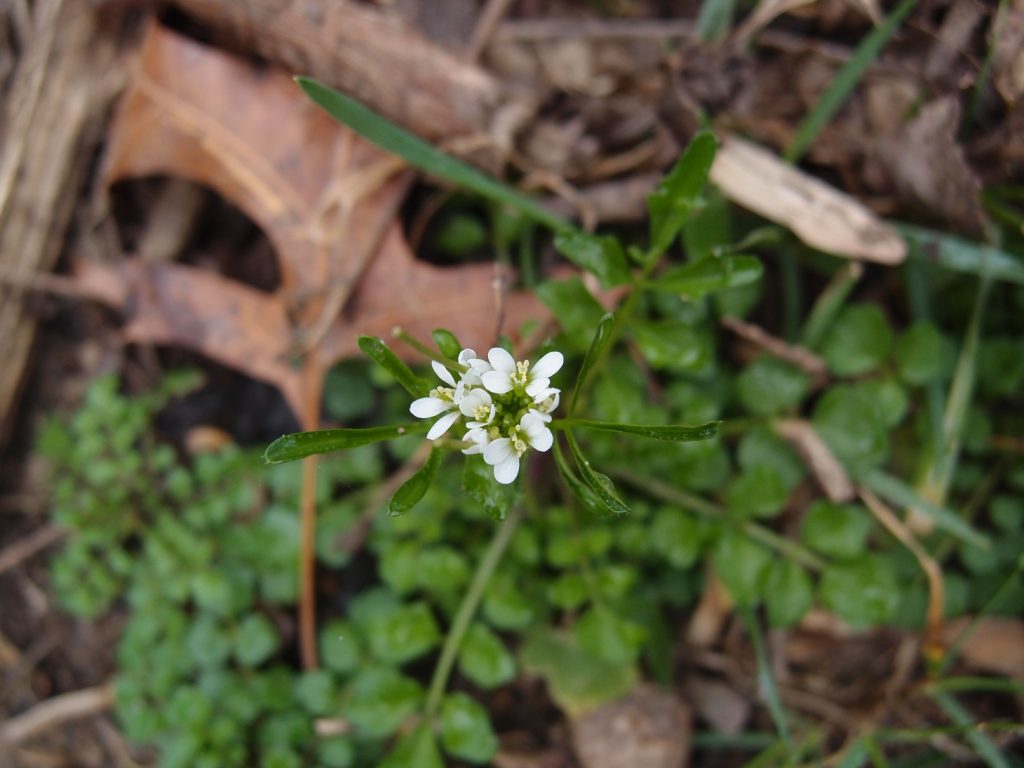
Pennsylvania Bitter-Cress

